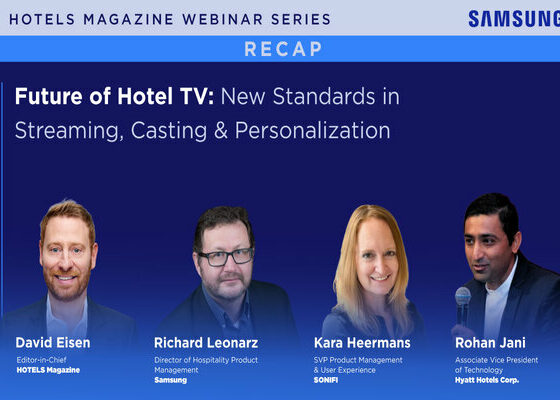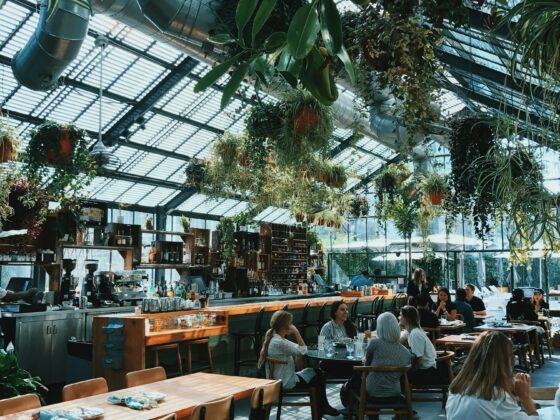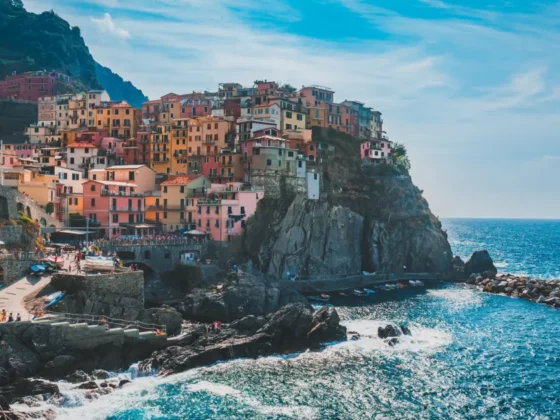In hospitality, a picture really does sell a thousand rooms. Guests don’t just want to read about a hotel, they want to see it, feel it, and imagine themselves in it. With visuals playing such a crucial role in decision-making, hoteliers need smarter, faster, and more cost-effective ways to produce high-quality imagery.
Enter Google’s Nano Banana AI Studio, powered by the Gemini 2.5 Flash Image model. More than an image editor, it’s a next-gen creative partner that brings speed, consistency, and storytelling to hotel visuals.
What is Google Nano Banana AI Studio?
Think of it as your in-house design team, available 24/7. The platform allows anyone without technical expertise to generate, edit, and adapt realistic images in seconds, simply by typing a natural-language prompt. Accessible via the Gemini app, Google AI Studio, API, or Vertex AI, it offers hotels a new level of creative flexibility.
For hotels, where photos are the front line of marketing (rooms, restaurants, spas, events, you name it), this tool is a game-changer.
Why It Matters for Hoteliers
1. Consistent Branding Across All Platforms
From online travel agents (OTAs) to Google Business to Instagram, brand consistency can be tough to maintain. Nano Banana preserves likeness across edits, ensuring your visuals always look on-brand and instantly recognizable.
2. Faster, More Cost-Effective Campaigns
Photoshoots are expensive and time-consuming. With AI, your marketing team can turn around campaign visuals in minutes whether for a festive promotion or a last-minute offer, helping you stay agile in a competitive market.
3. Engaging Guest Experiences
Travelers shop with their eyes. From dreamy poolside shots to elegant banquet setups, AI-generated visuals can create the kind of emotional connection that nudges guests closer to booking.
4. Beyond Marketing—Practical Hotel Use
- Sales: Mock up banquet or conference setups instantly for prospective clients.
- Operations: Create clear visual SOPs or guest communication sheets.
- Training: Use AI-generated infographics for staff onboarding or guest guides.
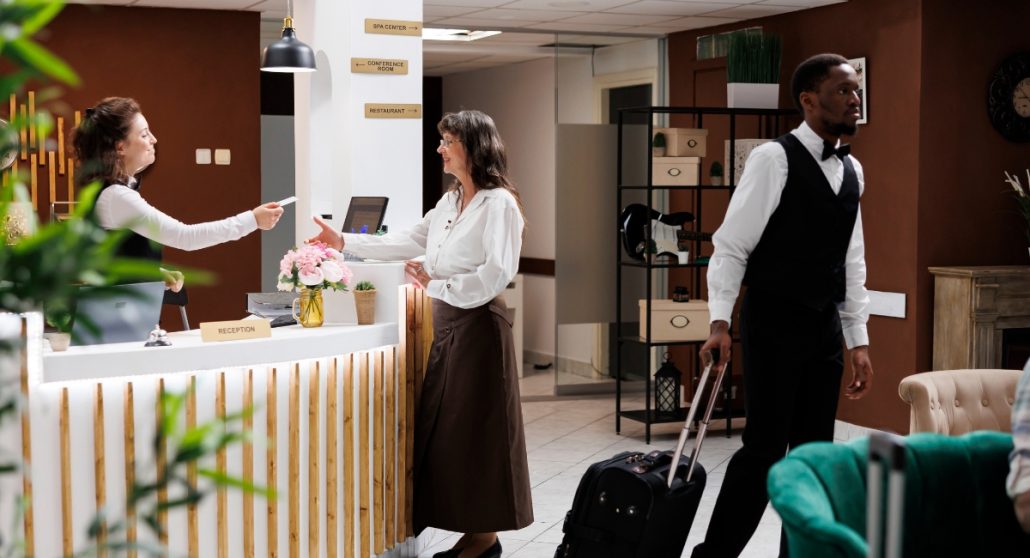
Five Ready-to-Use AI Prompts for Hotels
Here are practical examples hoteliers can copy-paste into Google Nano Banana AI Studio today:
1) OTA Listings (Rooms & Suites)
Prompt: “Create a realistic image of a modern hotel room with a queen bed, bright natural light, crisp white linens, and subtle décor accents. The atmosphere should feel clean, welcoming, and ideal for online booking listings.”
Use Case: Boosts click-through rates on Booking.com, Expedia, Agoda, and others.
2) Seasonal Campaigns (Festive Promotions)
Prompt: “Generate a hotel lobby image with tasteful holiday decorations, including a Christmas tree, warm lighting, and subtle festive ornaments, while keeping the original layout of the lobby recognizable.”
Use Case: Quick festive campaigns without additional shoots.
3) Event Sales (Banquet & Conference Marketing)
Prompt: “Create an elegant banquet hall setup for a wedding, with round tables, floral centerpieces, and soft ambient lighting, highlighting the versatility of the event space.”
Use Case: Helps sales teams wow prospective clients instantly.
4) Social Media Storytelling (Experiences & Amenities)
Prompt: “Design an inviting poolside scene at sunset, with a couple enjoying cocktails, lounge chairs neatly arranged, and soft golden lighting to evoke a relaxing holiday vibe.”
Use Case: Perfect lifestyle content for Instagram, TikTok, or Facebook.
5) Training & Guest Communication
Prompt: “Create a clear infographic-style image showing the steps of hotel check-in: smiling receptionist, guest presenting ID, and guest receiving keycard. Use clean icons and professional hotel branding colors.”
Use Case: Guest guides, signage, or staff training visuals.
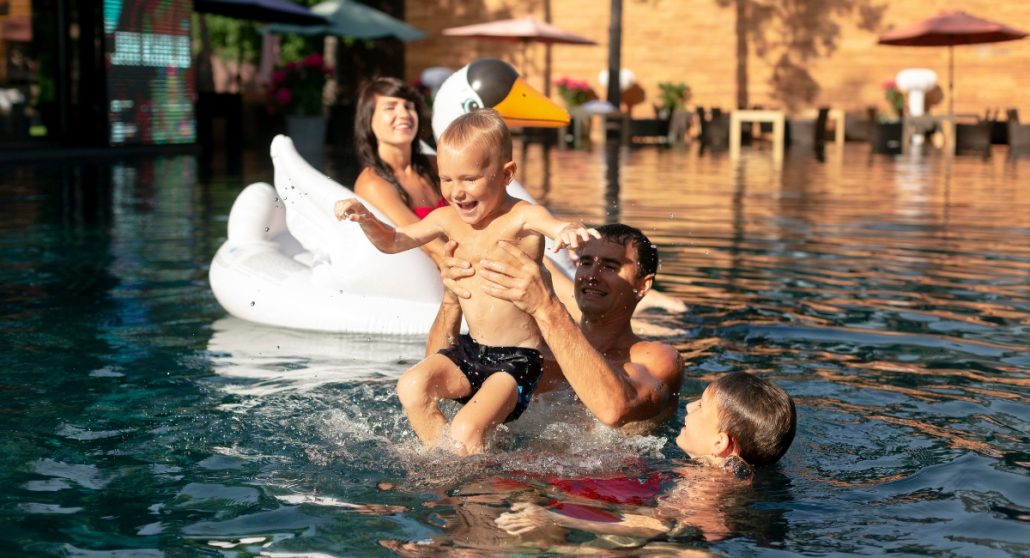
The Bottom Line
Hospitality has always been a visual-first industry, and AI is now leveling the playing field. Google Nano Banana AI Studio helps hotels move faster, save costs, and tell stronger visual stories without sacrificing authenticity.
For hoteliers, this isn’t just a nice-to-have. In today’s competitive landscape, it’s a must-have tool for staying relevant, consistent, and engaging in the eyes of digital-first travelers.




